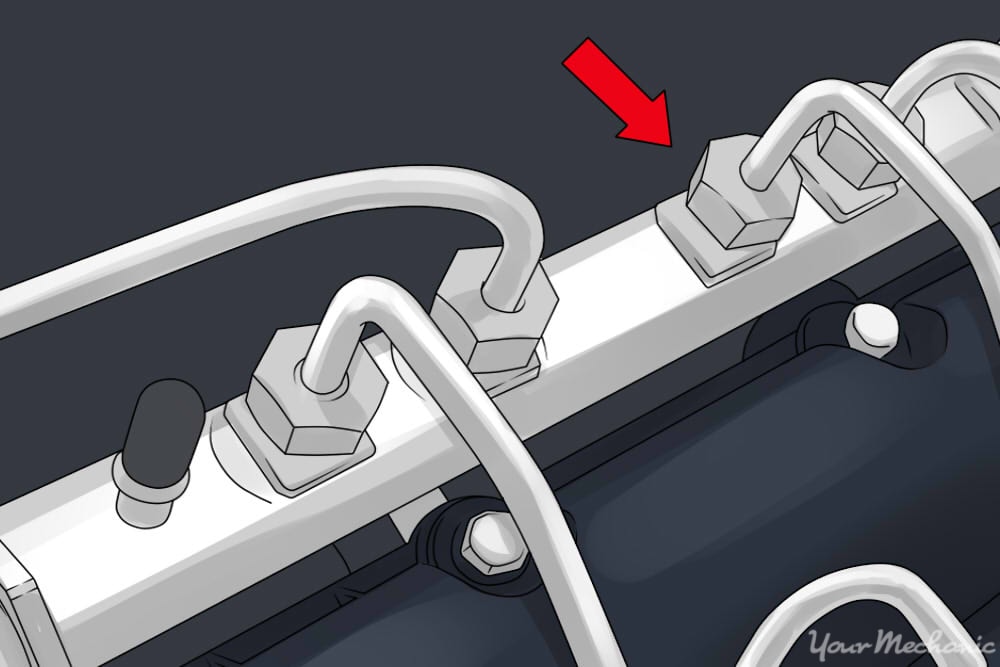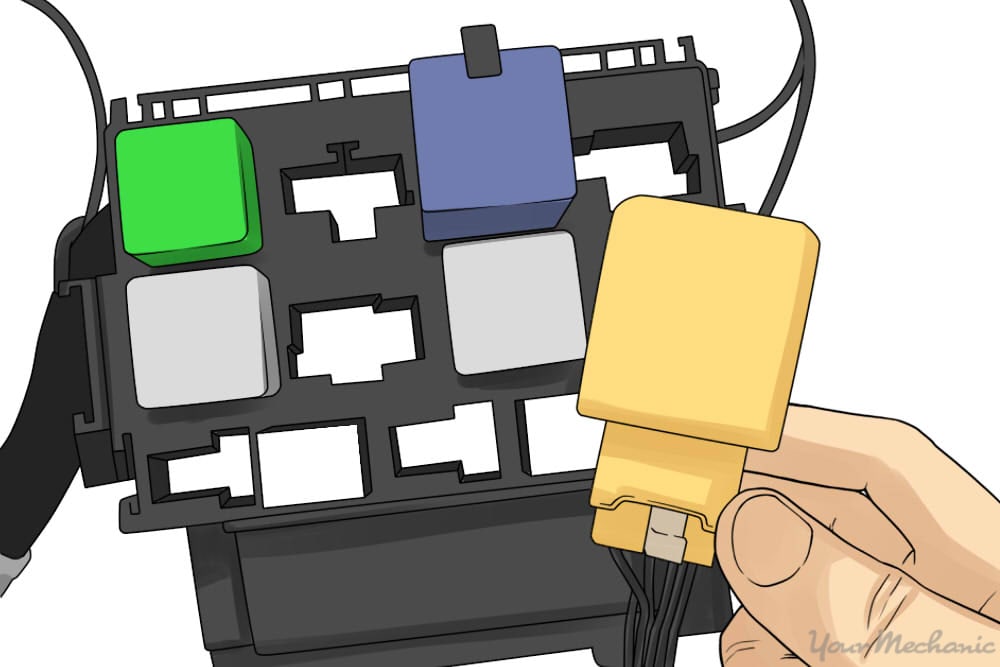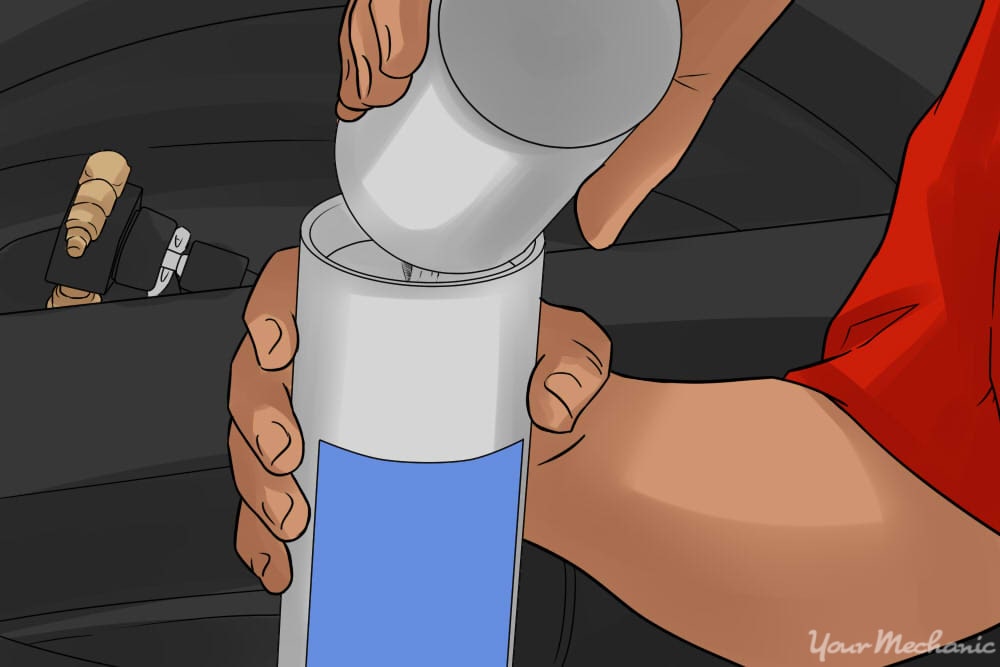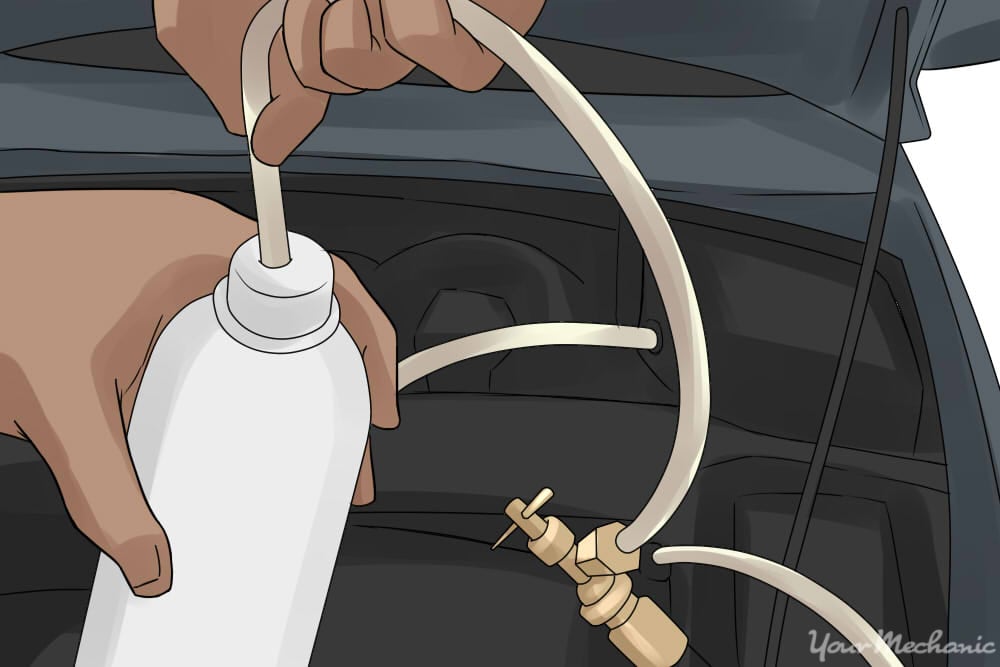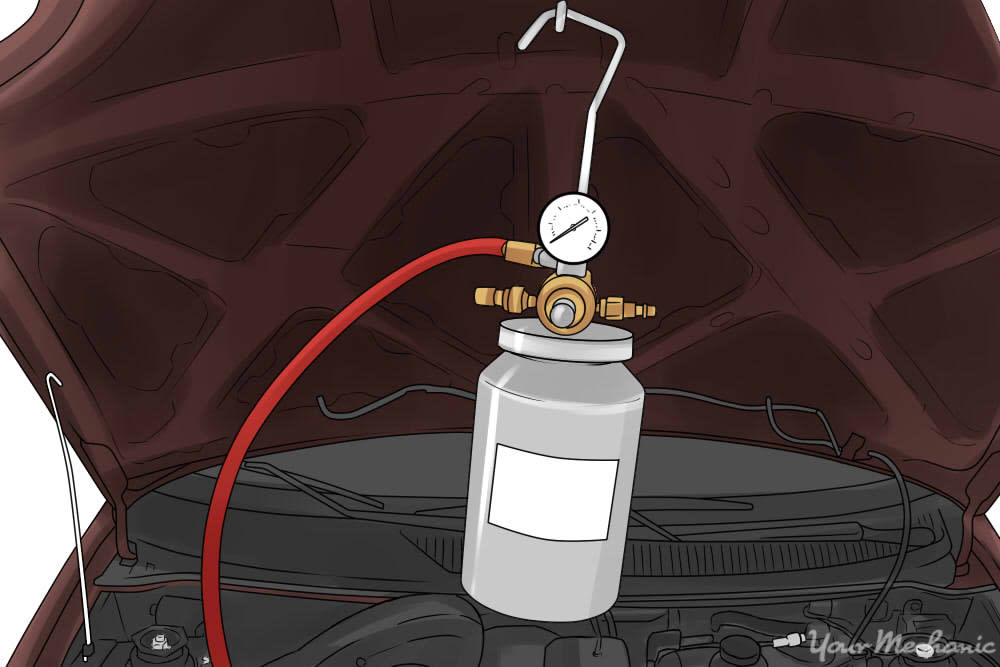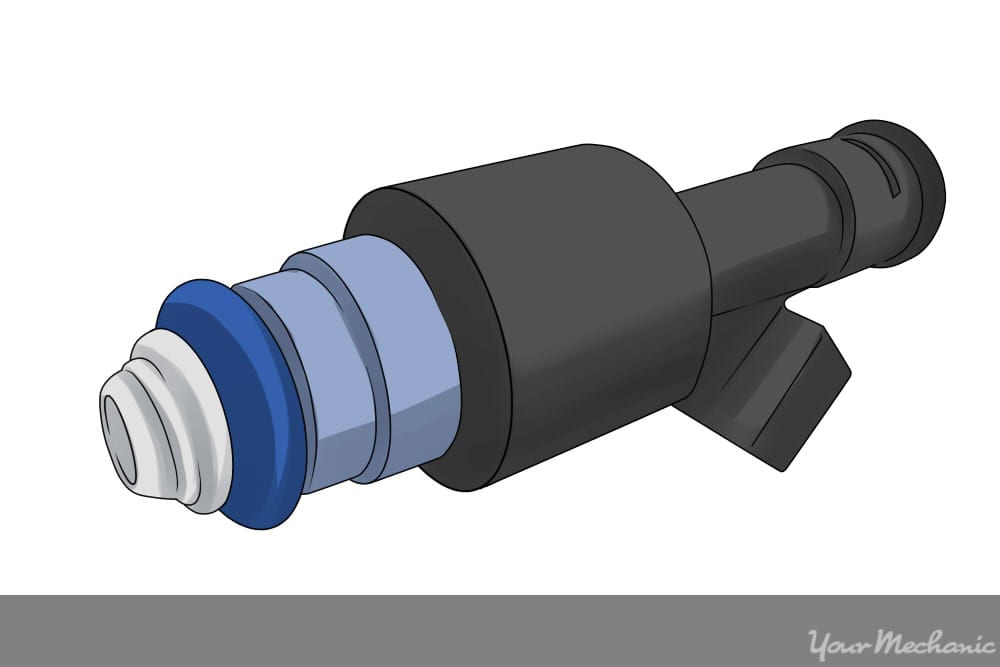

Dirty fuel injectors are a common problem for many vehicles in this day in age. With the exception of direct injected and carbureted vehicles, the vast majority of cars on the road today use electronic fuel injection systems that distribute fuel to the engine via electronically controlled fuel injectors.
Most injectors are designed to spray in a very fine and specific pattern that is important to the proper operation of the engine. Over time the nozzles that spray the fuel can become dirty and gunked up from deposits found in the engine’s fuel.
When a fuel injector has become too dirty or clogged, it can no longer distribute fuel properly, and this will negatively affect the engine’s performance and may even cause emissions problems.
Typical symptoms of dirty fuel injectors are a decrease in engine power and miles per gallon (mpg), rough idle, and individual cylinder misfires. Often times, dirty fuel injectors may result in one or more trouble codes that will activate the Check Engine Light and cause the vehicle to fail an emissions test.
Fuel injectors can be expensive to replace, sometimes costing upwards of one hundred dollars each. If multiple injectors are dirty, the cost of replacing them can quickly add up to a considerable sum. In these cases, cleaning the fuel injectors is a great option that may fix the problem and restore the vehicle to optimum performance. With the aid of a fuel injection cleaning kit, a basic set of hand tools, and a little bit of guidance, cleaning the fuel injectors is a task that is often relatively simple to carry out.
- Note: Due to the sophisticated nature of modern engines, the engine performance issues that are typically associated with dirty fuel injectors can also be caused by a wide range of other problems with the vehicle. If you are not sure that the injectors are dirty, it would be advisable to conduct thorough testing and examination, or have the vehicle diagnosed by a professional before proceeding to clean the fuel injectors. Also, the exact procedures for cleaning kits will vary across brands. In this guide, we will cover a the steps that are commonly taken with most kits.
Part 1 of 1: Cleaning your fuel injectors
Materials Needed
- Air compressor
- Hand tools
- Fuel injection cleaning kit
Safety glasses
Tip: Thoroughly read the instructions for your fuel injection cleaning kit. Having a clear image of the process before beginning will help you avoid potential problems or mistakes, and make the process quicker and easier to carry out.
Step 1: Locate the connector. Locate the connector between the vehicle’s fuel system and the cleaning kit.
Most fuel injector cleaning kits will come with an assortment of fittings that will allow the user to service a variety of vehicles.
The connector will vary across makes and models. Some vehicles use a threaded fitting that is located on the fuel rail, while other vehicles use rubber hoses that will have to be tapped into using fittings.
- Note: You will not be connecting the fuel system cleaning kit at this time.
Step 2: Warm up the engine. Once you have located where you will be connecting the cleaning kit, start the engine and allow it to run until it reaches normal operating temperature, or as indicated by the instructions for your cleaning kit.
Normal operating temperature for most vehicles is simply indicated by the needle on the temperature gauge being at, or near, the middle.
Step 3: Turn off the engine and disable the fuel pump. Once the vehicle has reached normal operating temperature, turn off the engine, and disable the fuel pump of the vehicle.
This can often be done by removing the fuel pump fuse or relay found in the fuse panel, or by disconnecting the fuel pump wiring harness, at the fuel tank if it is accessible.
In most vehicles, the fuel pump relay or fuse is found inside the engine’s main fuse box, in the engine bay.
If you are unsure of where the fuel pump fuse or relay may be located, refer to your service manual for specifics.
Step 4: Prepare the cleaning solution: If the cleaning kit does not come pre-filled with solution, add the required cleaning solution to the canister.
Make sure that the shut off valve is closed to avoid spilling the solution.
Step 5: Prepare your cleaning kit. Get your fuel injector cleaning kit ready to connect to the engine by attaching the required hoses and fittings necessary to connect to your engine’s fuel system.
For most kits, you will also need to connect your cleaner to your hood so that it is hanging from the hood latch. This will allow you to see the pressure and make adjustments as needed.
Step 6: Connect your cleaning kit. Connect the fuel system cleaning kit to your vehicle’s fuel system at the location determined in Step 1.
If your vehicle is one that does not use a threaded fitting, and requires opening the fuel system, take precaution to alleviate the fuel pressure before opening the system.
- Warning: If the pressure is not alleviated, and the system is opened, fuel may be sprayed at high pressure, which could be a potential safety hazard.
Step 7: Attach a compressed air hose. The fuel injector cleaning tool works using compressed air to power the tool and distribute the cleaning solution.
Open the fuel injector cleaner tool’s regulator valve, and attach a compressed air hose to the fitting at the top of the cleaner’s container.
Step 8: Match the pressure. Adjust the fuel injector cleaning tool’s regulator to the same pressure as the vehicle’s fuel system.
The pressures must be equal so that when the valve is opened, the cleaning solution is flows in the same way as the fuel system normally would.
- Tip: Refer to the vehicle’s service manual if you are unsure of the vehicle’s appropriate fuel pressure.
Step 9: Prepare to start your engine. Once the regulator has been set to the correct pressure, open the shut off valve and prepare to start the engine.
Opening the shut off valve will allow the cleaner to enter the fuel injector.
Step 10: Run your engine for the specified period. Start the engine, and allow it to run for the specified amount of time or conditions indicated in the cleaning kit’s instructions.
- Tip: Most kits require that the engine be run until the cleaning solution runs out, and the vehicle stalls.
Step 11: Turn off the vehicle and disconnect the cleaning kit. Once the cleaning solution has run out, close the shut off valve on the cleaning tool, and turn the ignition key to the off position.
You can now disconnect the cleaning tool from the vehicle.
Step 12: Reinstall the relay. Reactivate the fuel pump by reinstalling the fuse or relay, and then start the vehicle to see if the service was successful.
If your fuel injectors have been successfully cleaned the symptoms you were displaying should be resolved, and the engine should run smoothly.
In many instances cleaning the fuel injectors using a kit is simple procedure that can yield great results. However, if one is unsure about, or uncomfortable carrying out such a service, fuel injector replacement is a job that any professional technician, such as one from YourMechanic, should be able to take care of for you.


